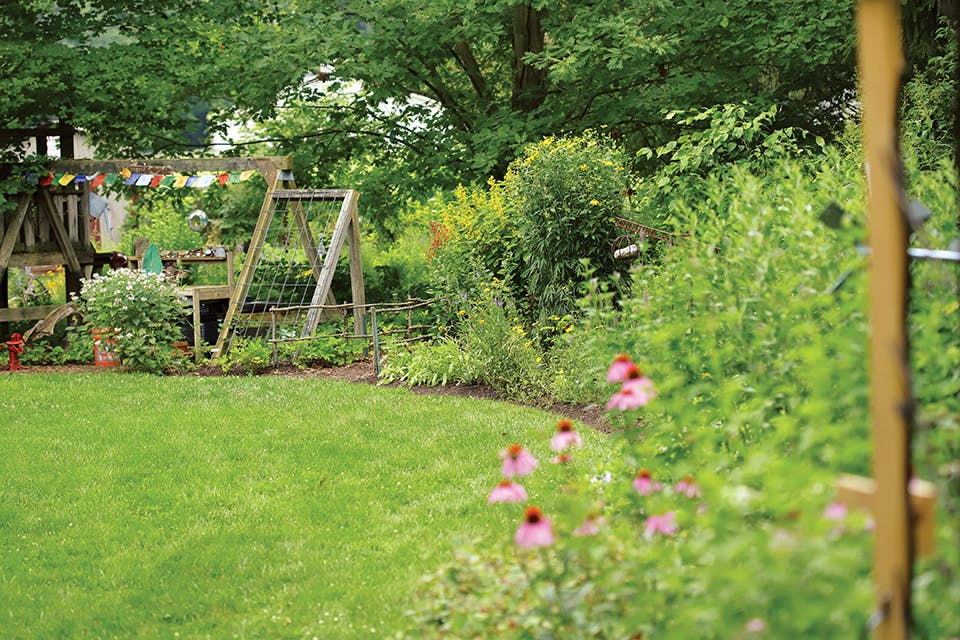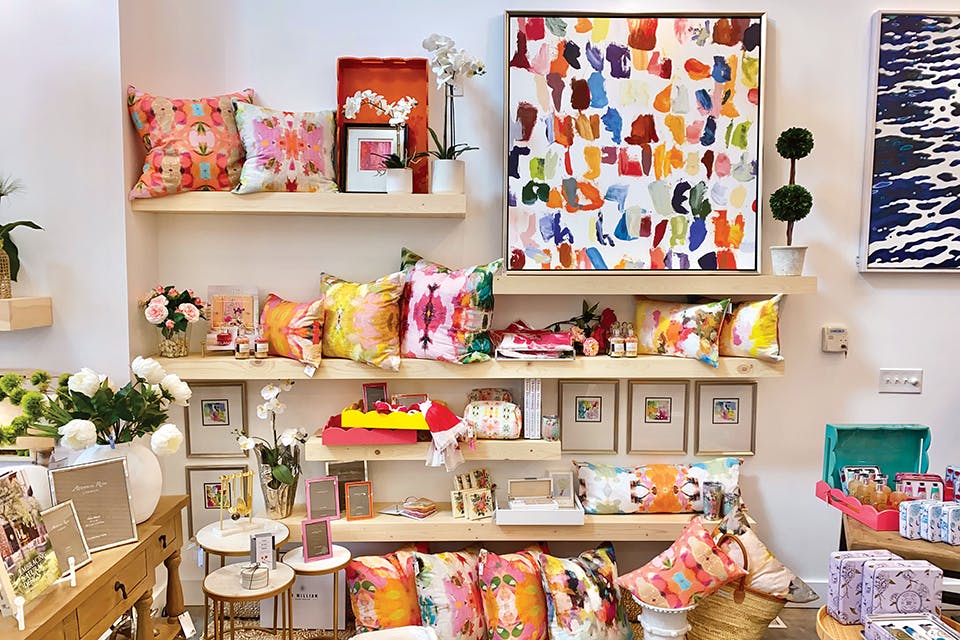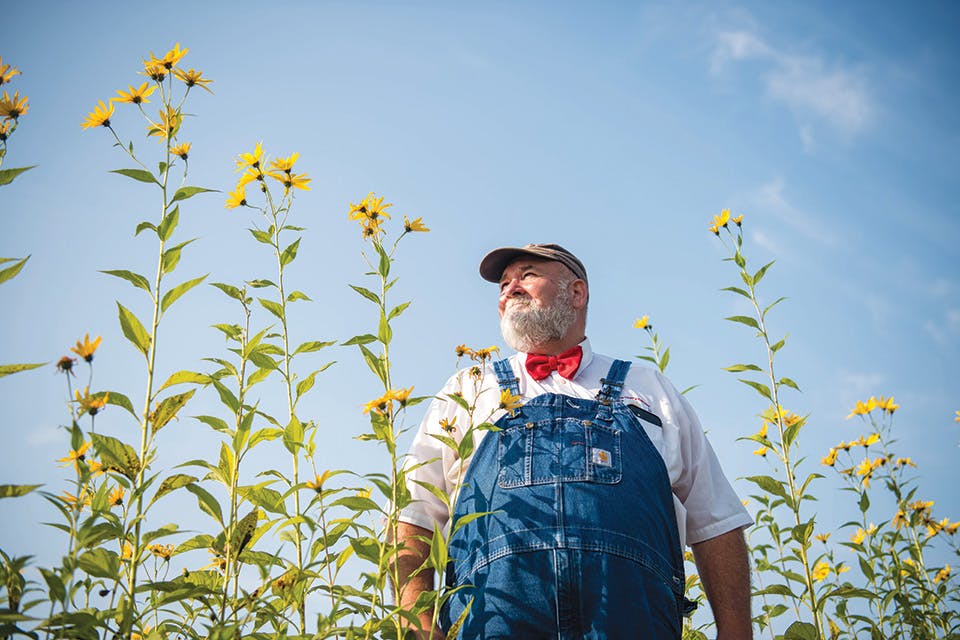Home + Garden
Gardens in Miniature
Looking for a way to exercise your green thumb this winter?
Try creating a terrarium.
Related Articles

How to Plant a Native Ohio Garden
Terri and Randy Litchfield created a living landscape of native plants outside their Delaware home. Here’s how you can, too. READ MORE >>

Gather by Angel 101, Perrysburg
Angel Elden wants to bring back the idea of gathering around the table together with a new store that helps people create an inviting home. READ MORE >>

Farmer Lee Jones’ ‘The Chef’s Garden’ Celebrates the Beauty of Produce
Part art book, part recipe collection, this nearly 700-page tome from northwest Ohio’s famous farmer shows vegetables, herbs and more in all their glory. READ MORE >>

